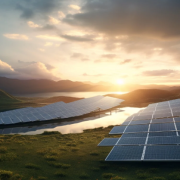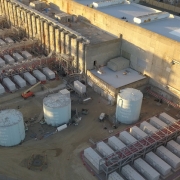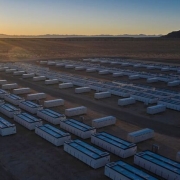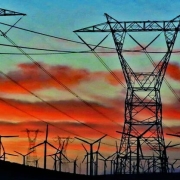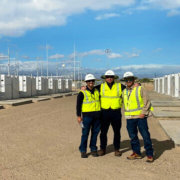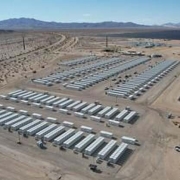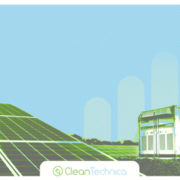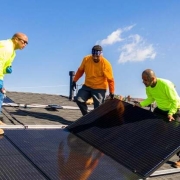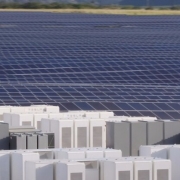A new energy storage project has been unveiled in Chula Vista, San Diego, which has the capability to power nearly 3,000 homes for each hour it provides electricity to the grid. The project, owned and operated by local renewable energy company EnerSmart, consists of six battery storage containers that will deliver six megawatts and 12 megawatt-hours of energy. These batteries will interconnect with a nearby San Diego Gas & Electric substation, helping to reduce strain on the state’s power system and lower the risk of blackouts.
The Chula Vista storage facility will provide stabilizing services to the California Independent System Operator (CAISO), which manages the electric grid for about 80% of the state and a portion of Nevada. This localized approach will help to maintain the stability and frequency level of the grid in the Chula Vista area.
Click here to read the full article
Source: Energy Portal EU
—
If you have any questions or thoughts about the topic, feel free to contact us here or leave a comment below.

